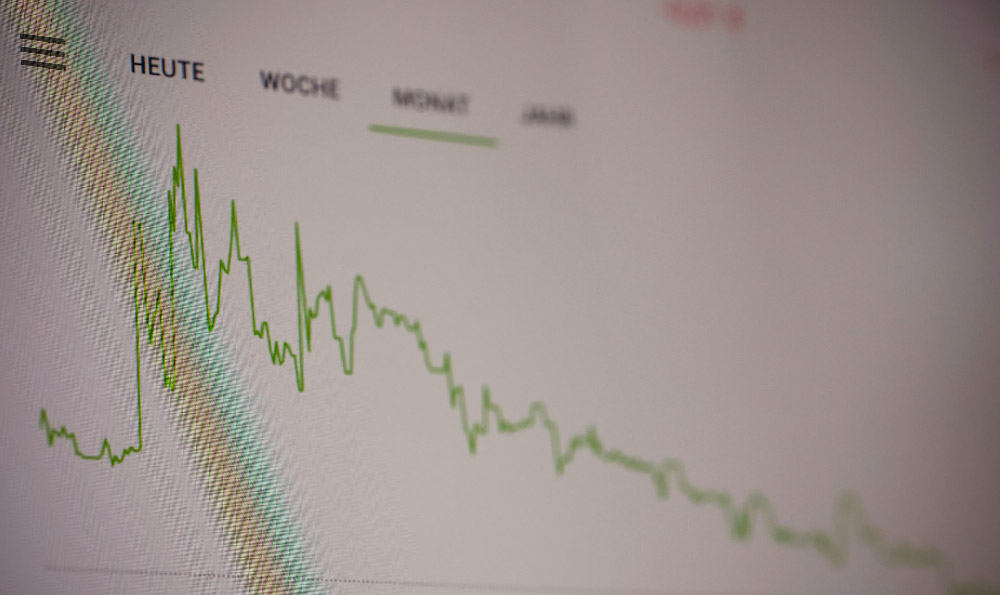How does a Roth IRA grow? And what are its returns?
Let's delve into the mechanics of a Roth IRA and its potential for growth, while also acknowledging the inherent uncertainties and risks involved in any investment strategy. Understanding these principles is crucial for navigating the world of retirement planning, particularly within the context of individual retirement accounts like the Roth IRA.
A Roth IRA, unlike a traditional IRA, offers a unique tax advantage: contributions are made with after-tax dollars, but qualified distributions in retirement are tax-free. This means that the money you contribute has already been taxed, but any earnings and growth within the account, when withdrawn during retirement (assuming certain conditions are met), are not subject to income tax. This feature makes it particularly attractive for individuals who anticipate being in a higher tax bracket during retirement than they are currently.
The growth within a Roth IRA stems directly from the investment choices you make within the account. You aren't simply stashing cash; instead, you're investing in a range of assets whose value can fluctuate based on market performance. Common investment options within a Roth IRA include:

-
Stocks: Represent ownership in publicly traded companies. Stocks generally offer the potential for higher returns over the long term but also carry a higher degree of risk. Growth stocks, which are expected to grow at a faster rate than the market average, can be a popular choice, but careful research and diversification are paramount.
-
Bonds: Represent debt issued by corporations or government entities. Bonds are generally considered less risky than stocks and provide a more stable income stream. However, the potential for growth is typically lower.
-
Mutual Funds: Pool money from multiple investors to invest in a diversified portfolio of stocks, bonds, or other assets. Mutual funds offer instant diversification and professional management, making them a convenient option for many investors. Index funds, which track a specific market index like the S&P 500, are a type of mutual fund known for their low fees and broad market exposure.
-
Exchange-Traded Funds (ETFs): Similar to mutual funds, ETFs are baskets of investments that trade on stock exchanges like individual stocks. They often have lower expense ratios than mutual funds and offer flexibility in trading.
-
Real Estate Investment Trusts (REITs): These are companies that own or finance income-producing real estate. Investing in REITs within a Roth IRA can provide exposure to the real estate market without the hassles of direct property ownership.
The specific investments you choose should align with your risk tolerance, time horizon (how long you have until retirement), and financial goals. A younger investor with a longer time horizon might be comfortable with a higher allocation to stocks, while an investor nearing retirement might prefer a more conservative allocation with a greater emphasis on bonds. This is where the concept of asset allocation becomes critical. Proper diversification – spreading your investments across different asset classes – is key to mitigating risk and maximizing potential returns.
Now, regarding returns: it's crucial to understand that there's no guaranteed rate of return for a Roth IRA (or any investment account, for that matter). The returns you achieve will depend entirely on the performance of your investments and the overall market conditions.
Historically, the stock market has delivered an average annual return of around 7-10% over the long term. However, past performance is not indicative of future results. Market fluctuations are inevitable, and there will be periods of both gains and losses. A well-diversified portfolio can help to smooth out these fluctuations and potentially achieve more consistent returns over time.
To illustrate, let's consider a hypothetical scenario:
Suppose you contribute the maximum allowable amount to your Roth IRA each year and invest in a diversified portfolio of stocks and bonds. Let's assume your portfolio achieves an average annual return of 7%. Over several decades, the compounding effect of these returns can lead to significant wealth accumulation. The power of compounding is that you are earning returns on your initial investment, as well as on the accumulated interest from previous years. This exponentially increases your wealth over time.
However, it's essential to stress that a 7% return is merely an example. The actual returns could be higher or lower, depending on market conditions and your investment choices. Furthermore, it's important to factor in inflation, which erodes the purchasing power of your investments over time. A 7% return might sound impressive, but if inflation is running at 3%, your real return (the return after accounting for inflation) is only 4%.
Several factors can influence the growth trajectory of your Roth IRA:
-
Contribution Amounts: Contributing the maximum allowed amount each year will significantly accelerate the growth of your Roth IRA. However, even small, consistent contributions can make a substantial difference over time.
-
Investment Choices: Selecting the right investments is crucial. Research different asset classes and investment options carefully, and consider seeking professional advice if you're unsure where to start.
-
Market Conditions: The overall state of the market will inevitably impact your returns. Be prepared for volatility and avoid making impulsive decisions based on short-term market fluctuations.
-
Fees: Investment fees, such as expense ratios for mutual funds or ETFs, can eat into your returns. Opt for low-cost investment options whenever possible.
Finally, let's discuss how to avoid investment traps and protect your wealth within a Roth IRA:
-
Avoid "Get Rich Quick" Schemes: If an investment opportunity sounds too good to be true, it probably is. Be wary of high-pressure sales tactics and promises of guaranteed returns.
-
Do Your Research: Before investing in anything, thoroughly research the company or asset. Understand the risks involved and make sure it aligns with your investment goals.
-
Diversify Your Portfolio: As mentioned earlier, diversification is key to mitigating risk. Don't put all your eggs in one basket.
-
Review Your Portfolio Regularly: Periodically review your portfolio to ensure it's still aligned with your risk tolerance and financial goals. Adjust your asset allocation as needed.
-
Stay Informed: Keep up-to-date with market news and economic trends. This will help you make more informed investment decisions.
-
Seek Professional Advice: If you're unsure about any aspect of Roth IRA investing, consult with a qualified financial advisor. They can provide personalized guidance and help you develop a comprehensive retirement plan.
In conclusion, a Roth IRA can be a powerful tool for building wealth and achieving financial security in retirement. The tax advantages, combined with the potential for market-driven growth, make it an attractive option for many investors. However, success requires careful planning, informed investment decisions, and a long-term perspective. Understanding the mechanics of a Roth IRA, the various investment options available, and the importance of diversification are all essential for maximizing your potential returns and minimizing risk. And remember, seeking professional financial advice is always a prudent step in navigating the complexities of retirement planning.















